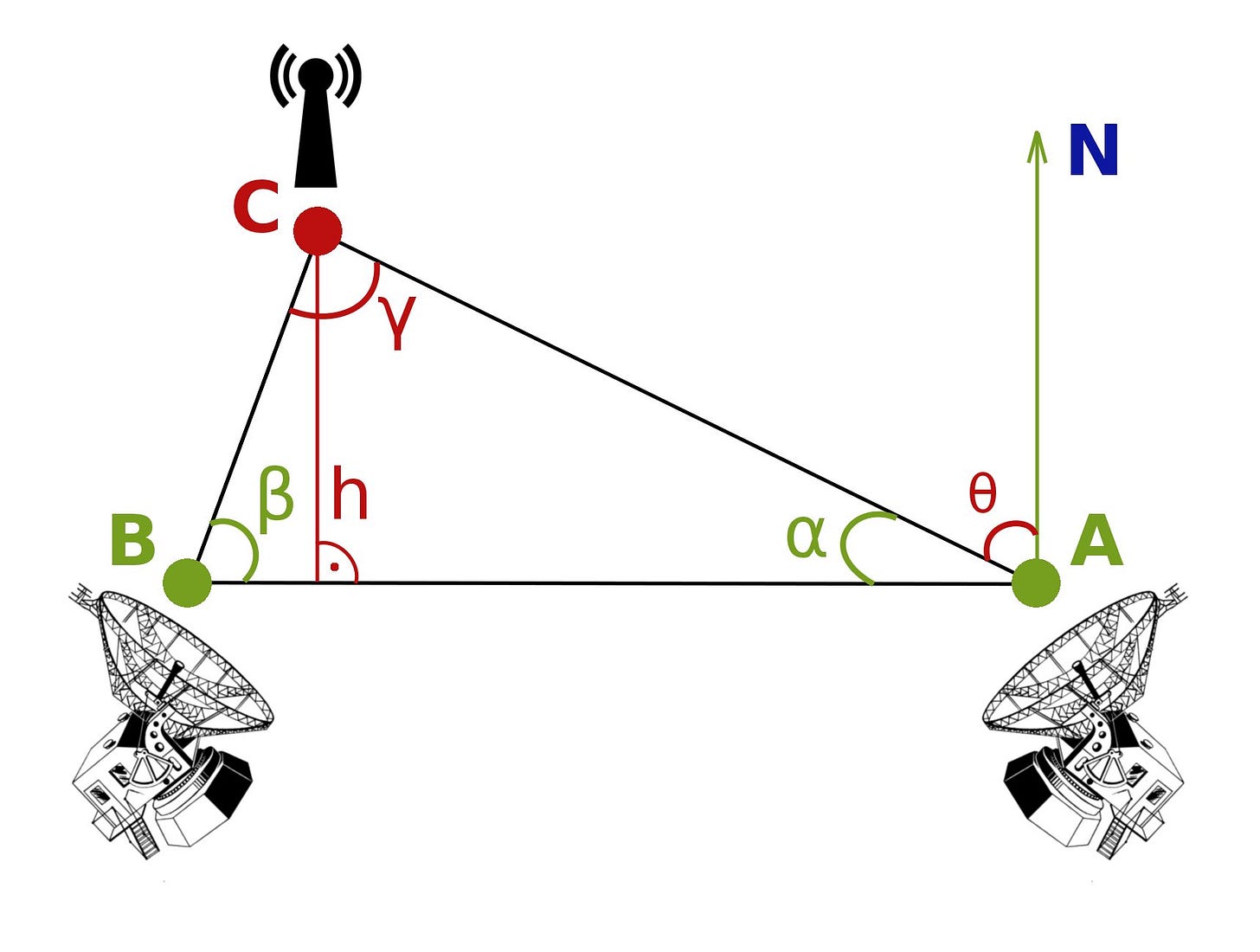Writing OKR Guide: How to Write Outcome-focused Key Results
To write an OKR that describes an outcome, we should consider specific things regarding how its Key Results are written. This guide shows you how.

In an earlier post, I highlighted some key attributes for writing outcome-oriented objectives for your OKRs:
Today, I will focus on defining the properties of outcome-oriented Key Results to complement an outcome-oriented Objective.
Qualities of outcome-oriented key results
Here are some properties that can be useful to keep in mind when drafting the Key Results to support an outcome-focused Objective:
Key Results are symptoms or evidence of achievement of the Objective.
Key Results are leading indicators, where possible.
Key Results may build upon or qualify other Key Results.
Key Results help ‘triangulate’ the group’s shared understanding of the goal.
Key Results are symptoms or evidence of achievement of the objective.
The key results can enhance our understanding of the objective. We might be aligned if the key results stemmed from activities related to the objective. However, this leaves considerable room for misinterpretation, as the connection between the objective and these details is implicit. It is likely that achieving those outputs does not signify the achievement of the objective.
A great example often arises when a customer's (internal or external) satisfaction is low due to an issue with their experience. It’s usually easy to hypothesise a solution that might address the dissatisfaction, which may seem sufficient until you suggest measuring the improvement of customer satisfaction as the key result.
Measuring output based on a given solution leaves little room for adaptation—you’re likely a quarter away from realising you’ve failed. In contrast, using something more closely linked to the customer’s perception of their experience—the real impact you aim to achieve—allows you to test, iterate, and pivot your efforts throughout the quarter.
Key Results are leading indicators, where possible
It's harder to be definitive about this one as it depends on what you are doing to complement your approach to using OKRs.
Many organisations combine OKRs with longer-term goal-setting practices, sometimes implementing additional OKRs for extended periods, and at other times utilising KPIs or various organisational performance methods, such as the concept of Results from PUMP (a framework comprehensive enough to replace OKRs entirely), balanced scorecards, or a myriad of other options.
Assuming something like this is in place, you gain nothing by choosing leading indicators as measures. The advantage of leading indicators is that they can change quickly enough to provide meaningful signals during the quarter, which can help adjust your tactics and make better progress towards your objective.
Key Results may build upon or qualify other key results
A pattern I find helpful is to identify the most descriptive volumetric measure of achieving the objective. The ‘measure that matters’ is the thing that increases (or occasionally decreases) when you are making progress towards the goal.
Of course, most would be familiar with the potential for measures to lead to perverse behaviour, either gaming or making progress due to some other important aspect of the organisation. For instance, when sales are made that deliver low value for customers, just so a salesperson can reach their quota.
It’s helpful to establish additional key results that address qualitative elements reflecting both desirable and undesirable aspects of achieving the goal. For example, while sales are made, the value delivered remains high, and returns are either low or stable. Perhaps three complementary measures will help clarify what success is and isn’t.
Key Results help ‘triangulate’ the group’s shared understanding of the goal.
One characteristic that is entirely subjective but is good to keep in mind is to assess how well the combination of key results aids the group in triangulating their understanding of the goal. Are they providing enough specificity and perspectives for any member to accurately determine what constitutes (and does not) achieving the goal?
Those have been the four most helpful concepts for me and for teams I have coached when using OKRs to write Key Results for outcome-focused OKRs. Keeping these in mind will shift the types of measures you use and provide you with more useful things to monitor to assess if you are making good progress in achieving your goal.
Do you have any additional helpful tips you’ve used? Let me know in the comments.
Follow me or this publication for more practical tips and tools for improving your organisational goal-setting and alignment efforts. In the comments, share your own experiences and any feedback you have that could improve these posts.
If you enjoyed this post, please take a moment to like it below by clicking ❤️ below.




